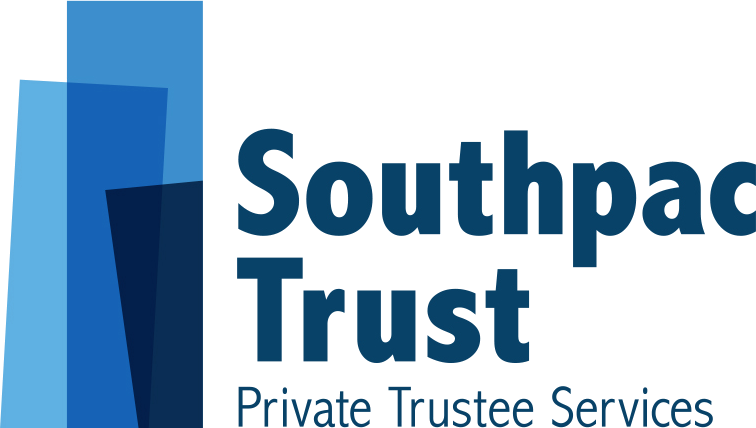 Using your offshore trust can unlock a wealth of opportunities for asset protection, tax optimization, and efficient estate management. However, understanding how to effectively use and manage your offshore trust is crucial to maximizing its benefits. This article provides detailed guidance on adding property to your trust, requesting distributions, and managing transactions.
Using your offshore trust can unlock a wealth of opportunities for asset protection, tax optimization, and efficient estate management. However, understanding how to effectively use and manage your offshore trust is crucial to maximizing its benefits. This article provides detailed guidance on adding property to your trust, requesting distributions, and managing transactions.
First, it is important to understand the reason you’ve chosen to set up an offshore trust. While asset protection is the most common reason, it is far from the only benefit. Depending on your location and tax residency, a foreign trust can offer several key advantages during your lifetime and afterward. Key benefits include:
- Flexibility in Forced Heirship Jurisdictions: Offshore trusts allow individuals more freedom in how their assets are distributed.
- Safeguarding Business Assets: Trusts can protect business assets.
- Wealth Management: They ensure wealth is managed according to the settlor’s wishes.
- Estate Planning: Offshore trusts ensure the efficient inheritance and transfer of wealth to future generations.
- Privacy: Offshore trusts provide a higher level of privacy for asset holdings.
- Access to Foreign Investments: Offshore trusts can facilitate access to global investment opportunities.
Once you and the trustee understand your motivations for using an offshore trust, the next steps become simple. Whether you are using the trust to protect assets or to enable the smooth distribution of wealth according to your wishes, the following guide will show the best way to do this.
How Do I Add Property to the Trust?
Adding property to your offshore trust involves specific procedures to ensure the transfer is legally effective. Here’s how to do it:
Identify the Property: Determine the type of property you want to add, whether it’s cash, investments, precious metals, real estate, or other assets. If you would like for the trustee to establish a bank account, your regular point of contact can help with that too.
Legal Transfer: The property must be transferred correctly to be accepted by the trustee and form part of the trust fund. This includes property added to a company owned by the trust.
Trustee Acceptance: All property additions must be accepted by the trustee, whether they are made to the trust or to an underlying company. This step is essential for the property to be protected under the trust.
Consultation: Liaise with your point of contact at Southpac to guide you through the process. They will inform you of the required documentation and likely fees.
Properly transferring property ensures its inclusion in the trust fund and maximizes the benefits of your offshore trust.
How Do I Request a Distribution from the Trust?
Distributions can be requested from the trust by following these steps:
Contact Point of Contact: Reach out to your point of contact at Southpac. They will clarify the required documentation and associated costs.
Provide Supporting Information: The trustee must ensure that the distribution request is appropriate and lawful. Beneficiaries will need to provide supporting information to verify the purpose and benefit of the distribution.
Trustee Approval: The trustee will review the request and supporting information to ensure it meets all regulatory and fiduciary requirements.
Protector Consent: If the trust has a Protector, distributions will require their consent to ensure that the distribution is aligned with the purpose of the trust and is made for the benefit of the beneficiaries.
Company-Owned Distributions: If the distribution is from a company owned by the trust, trustee consent is required as the distribution will need to be recorded as being made through the trust. Work with your point of contact to navigate this process.
Complying with these steps helps maintain the trust’s integrity and ensures lawful and beneficial distributions.
How Long Does It Take to Carry Out Transactions Involving the Trust?
Completing trust transactions, including adding or distributing assets, typically takes 5-10 working days. The process includes:
Complexity Assessment: The time required depends on the complexity of the transaction.
Supporting Information: The trustee needs adequate information to confirm that the transaction benefits the beneficiary and adheres to legal standards.
Regulatory Compliance: Transactions must comply with local regulatory laws and be in accordance with the trustee’s fiduciary duties.
Detailed Records: All transactions are fully recorded and documented to provide a clear record of the trustee’s decisions and reasons.
Allowing 1-2 weeks for transactions ensures thorough processing. For urgent transactions, notify your point of contact at the earliest opportunity so that they can expedite the process if possible.
Conclusion
Using your offshore trust effectively involves understanding how to add property, request distributions, and manage these transactions. By following these guidelines and working closely with your Southpac representatives, you can maximize the benefits of your offshore trust for asset protection, tax planning, and estate management.
Disclaimer: the article above is for information purposes only. It is not intended to constitute legal or tax advice. If you are planning to establish or place assets into an offshore structure, please consult beforehand with legal and tax professionals in your jurisdiction(s) of tax residence.



